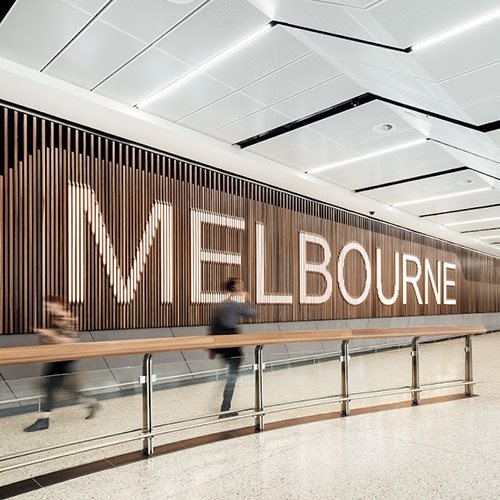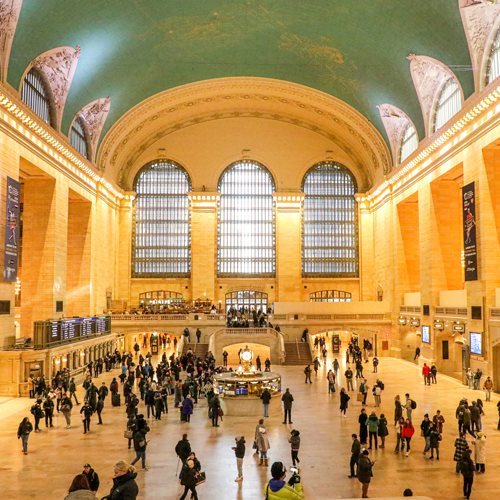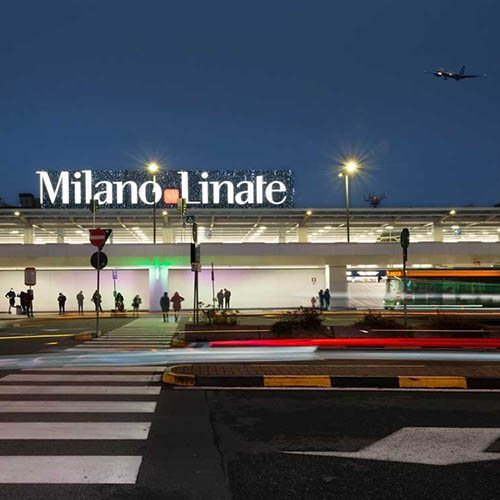Infinite compositions
The ease with which the individual elements can be fixed together means it’s possible to arrange each section of the bench freely, creating infinite compositions which can be mixed and matched as time goes on. By simply removing the side cover and inserting the join or the connecting module, it's possible to connect an infinite number of benches, thus accommodating all layouts.
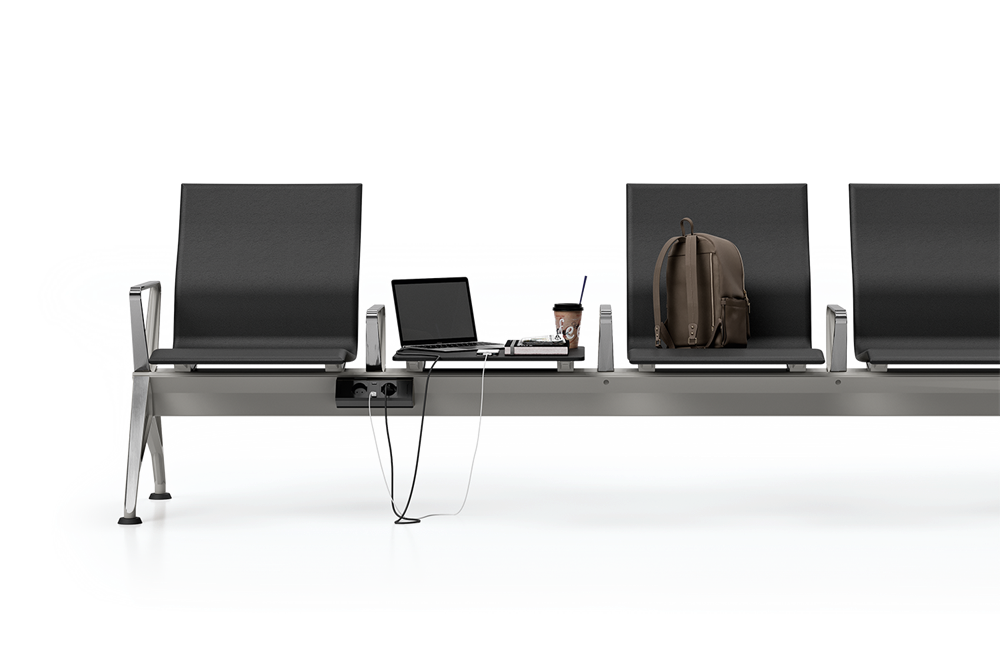
.jpg)
.jpg)
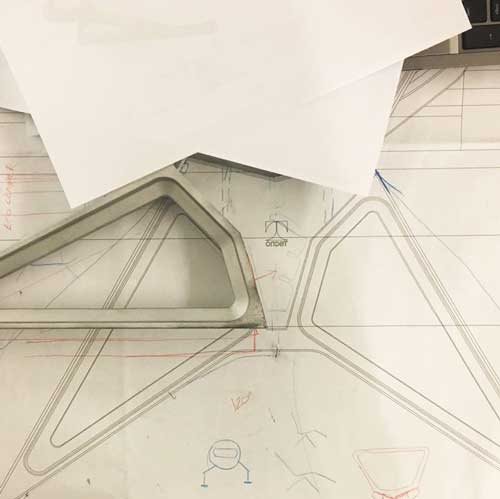
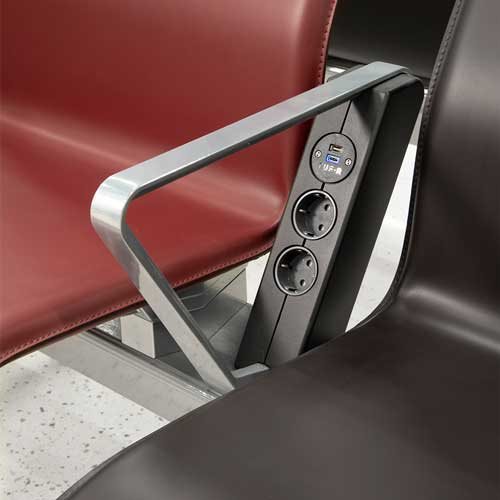
.jpg)

.jpg)
.jpg)
.jpg)
.jpg)
.jpg)
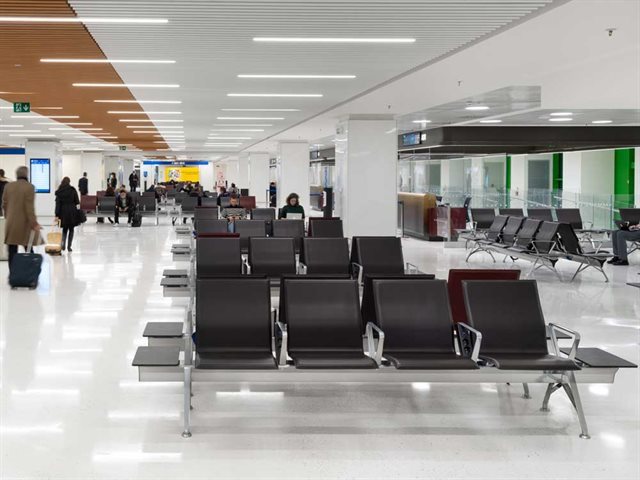
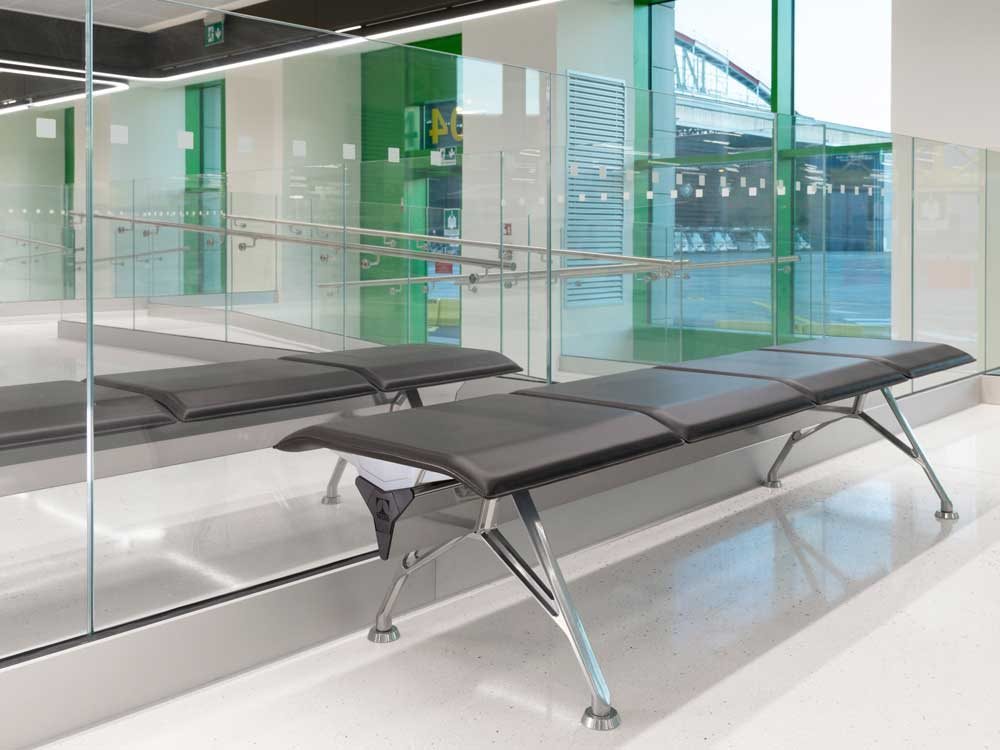
.jpg)
.jpg)
